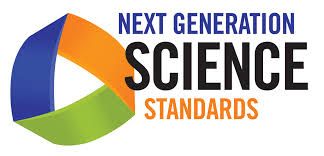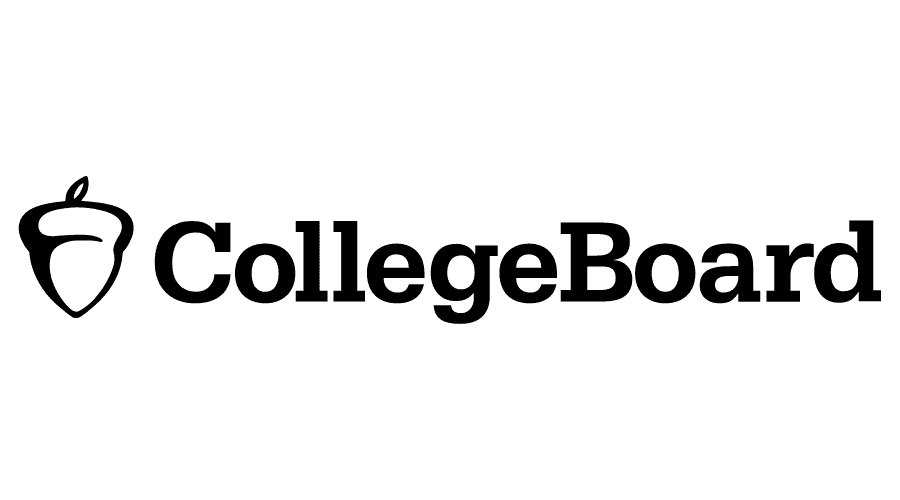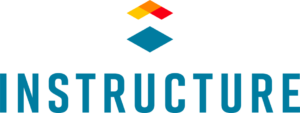NEXT GENERATION SCIENCE STANDARDS ROLLOUTS
The new standards, rich in content and practice, are designed to be taught in context and to integrate with the core curriculum in a way that allows students to apply the material they learn.
The collaborative that created the trainings includes CCSESA’s Curriculum and Instruction Steering Committee (CISC), the California Department of Education, the California Science Project, California Science Teachers Association and K-12 Alliances/WestEd.
Steinkamp participates in the collaborative as the Lead of the Science Subcommittee for CISC. She said the collaborative created the vision and structure for the trainings.
Groups within the collaborative designed the lessons, which are “sent out to content experts in the field for review and editing,” Steinkamp said.
Each region of the state (Northern California, Southern California, Central Valley, and Bay Area) has a training team made up of a lead presenter from a county office of education and a local teacher as a co-presenter.
The teams are deployed at the regional level “to build capacity so county offices of education can take the model and use it with their districts,” Steinkamp said.
“The idea is not only to advance NGSS, but also support county offices by giving them training modules so they don’t have to create them from scratch,” she said.
Final NGSS student assessments aren’t scheduled until 2018-19, and Steinkamp said the collaborative hopes to continue its work at least until then.
In the April 2015 trainings, participants deepened their understanding of the new standards, used tools to design a learning sequence based on the standards, experienced what learning would look like in a classroom over a multi-day lesson, and much more.
Kirk Brown, SJCOE’s Director of STEM, said they have been following up with schools to see how the tools learned in the trainings are being used in the classroom. Teachers started shifting their practice after the Phase 1 rollout, he said. “We’re giving them tools they’re really using.”
Brown said, “The worst thing that could happen during a rollout of new standards is that teachers hear different things from different people. We’re ensuring teachers receive a coherent message, and that they deploy the standards as they’ve been envisioned. And we’re seeing that when we go out to districts.”
This is especially important given the extent of the shifts NGSS will bring, he said. “I taught for 25 years, and this is the biggest change in science that’s ever happened.”
Steinkamp said it’s also gratifying to see how the new standards enable students to “make sense of things themselves. This takes a lot of forward planning, but when kids are actively involved in their learning it’s exciting for teachers and for students.”
Phase 2 rollout trainings had over 1,600 participants and were held in nine locations across the state, including San Joaquin, Long Beach, Chino, Hayward, Fresno, San Marcos, Red Bluff, San Jose and Camarillo.
“I’m very grateful for the support of CCSESA, CISC and all the other partner organizations,” Steinkamp said. “This content model shows how professional development really should be deployed.”
FOR MORE INFORMATION
• Interested in attending Phase 3 of the NGSS Rollouts? Please contact Efrain Mercado, CCSESA Policy Director – emercado@cacountysupts.org
• The NGSS website features everything you need to know about the standards, including its framework, the development process, partners, and the standards themselves.
• The California Department of Education provides information about our state’s adoption of the standards, including a breakdown by grade level and by topic.
• The California Science Teachers Association offers its own take on the standards and features timelines, news updates, professional development events and more.








